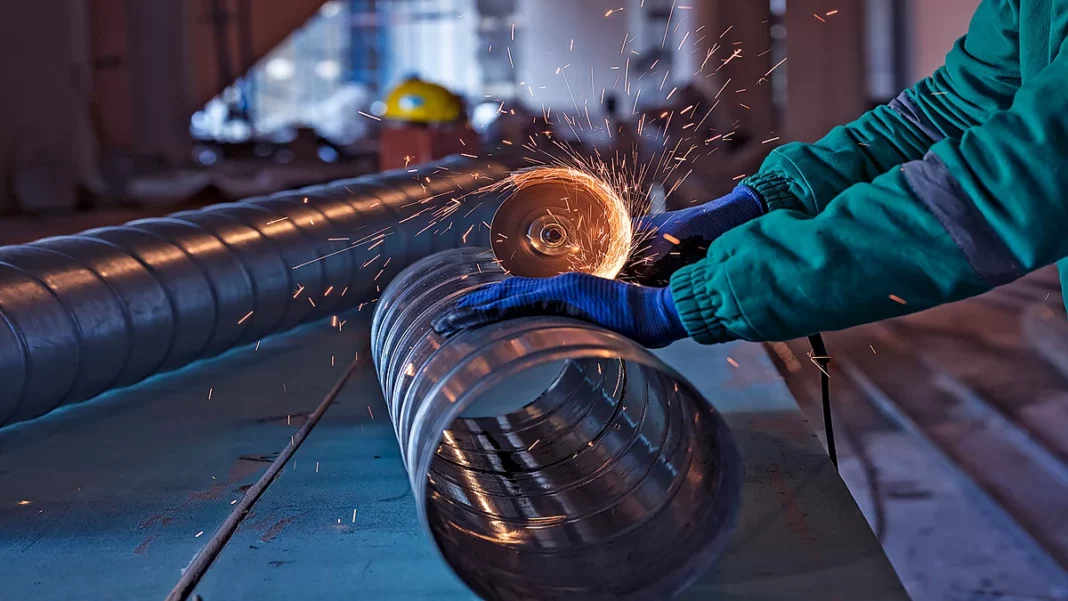Every investor has come across the name ‘Tata Steel,’ and at some point in their investment journey, perhaps has even invested in the Tata Steel share price to earn some profit. Furthermore, with its proposed merger, Tata Steel, one of the top producers of steel in the world, announced a major business development. The company’s activities and structure are about to change because of the amalgamation, which could impact shareholder value and market dynamics.
Visionary Leadership and Historical Foundation
Founded by its visionary founder, Jamsetji Tata, on August 26, 1907, in Jamshedpur, Jharkhand, India, Tata Steel Limited—originally named Tata Iron and Steel Firm Limited (TISCo)—is a well-known steel production firm. Steel was the company’s first product, and hence the start of its remarkable history. Despite being one of the top global steel businesses, it is positioned as one of the lowest-cost steel markers globally.
Tata Steel’s dedication to continuous improvement was recognised when it won the Deming Grand Prize in 2012 and the Deming Application Prize in 2008. Furthermore, its sustainability efforts were recognised in 2018 when the Dow Jones Sustainability Index (DJSI) named it the “Global Steel Industry Leader” in the “Steel category.” The company’s Jamshedpur factory won the Prime Minister’s Trophy for being the best-performing integrated steel factory during the 2016–17 financial year.
Strategic Corporate Restructuring for Operational Efficiency
In addition to approving the combination of six further subsidiaries, Tata Steel also approved the merging of its subsidiary Indian Steel and Wire Products in 2022. According to its stock exchange filing on September 22, 2022, the business had accepted the combination of Tata Steel Long Products, Tinplate Business of India, Tata Metaliks, The Indian Steel & Wire Products, Tata Steel Mining Limited, and S&T Mining Company with Tata Steel.
Under the proposed merger, several Tata Steel business divisions and subsidiaries will be combined under a single corporate organization. The organization-wide operational efficiency is to be improved, and resource allocation is to be optimised. Tata Steel wants to achieve sustainable growth, eliminate redundancy, and create synergies aligned with its long-term strategic goals by streamlining its corporate structure.
Realizing synergies and unlocking value across Tata Steel’s combined operations are two of the main goals of the merger. The corporation hopes to generate considerable cost savings and operational improvements by consolidating overlapping operations, eliminating duplicate processes, and utilizing economies of scale. Across the value chain, the reduced organizational structure can increase profitability and optimize resource use. Tata Steel’s merger is expected to strengthen its position as one of the major powers in the world steel market. The action demonstrates Tata Steel’s dedication to innovation, sustainable growth, and creating value for its stakeholders.
Also Read: 7 Metal Companies will be Merged with Tata Steel as Part of The Tata Group


